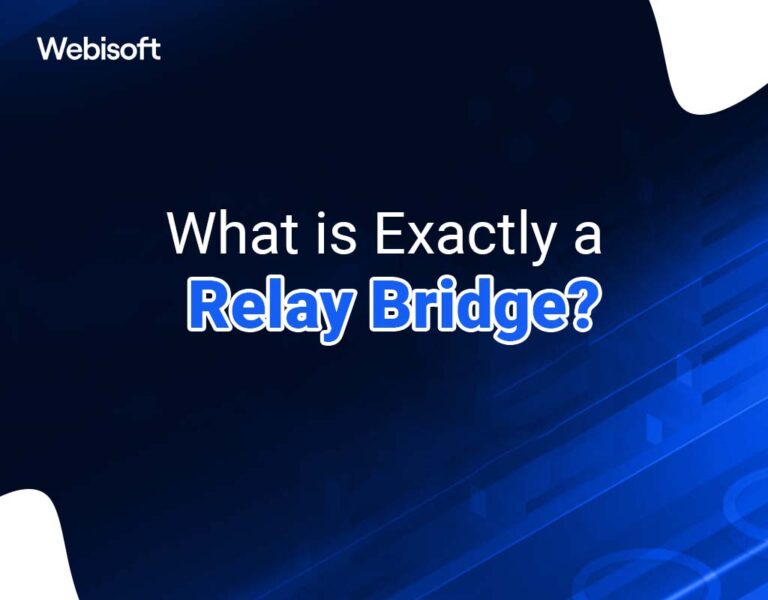Ever hopped between chains and thought, “Man, this bridging thing is way too pricey”? Yeah, I’ve been there. Seriously, sometimes it feels like you need a second mortgage just to move tokens around. But here’s the thing. Not every bridge is created equal. Some are downright wallet-friendly while others drain your funds faster than a late-night Amazon spree.
So, I was thinking about why certain bridges charge so much, and what makes a “cheap” bridge actually cheap beyond just the sticker price. At first glance, you’d think it’s all about fees. But nah, it runs deeper than that—speed, security, and even how well they handle cross-chain quirks play a big role.
Here’s a quick gut check: if your bridge takes forever and eats your funds with hidden fees, is it really saving you money? My instinct said no, but I wanted to dig in further and… well, that’s when Relay Bridge popped up on my radar.
Wow! Relay Bridge isn’t just another name in the crowd. It’s got this slick multi-chain vibe that makes DeFi hopping feel smooth and surprisingly affordable. Let me break down why this matters if you’re into moving assets across chains without blowing your budget.
Okay, so check this out—Relay Bridge combines low fees with efficient transaction times. But it’s not just about pennies saved; it’s about cutting down on the friction that usually kills the DeFi user experience.
Why “Cheap” Bridges Aren’t Always What They Seem
At first, I thought, “Alright, just pick the bridge with the lowest fee.” Easy peasy, right? Actually, wait—let me rephrase that—fees are just one piece of a messy puzzle. Take gas prices, for example. Even if a bridge charges low overhead, if it routes through chains with high gas costs, your overall expense balloons.
On one hand, some bridges focus on minimal fees but sacrifice speed or security, which ends up costing you more in failed transactions or waiting times. Though actually, Relay Bridge seems to balance these trade-offs pretty well, making it stand out.
Plus, some bridges require locking tokens or wrapping assets, which might trigger extra steps—and costs—you didn’t bargain for. That’s a big bug for me because it complicates what should be a straightforward transfer.
In my experience, the cheapest bridge is the one that reduces all hidden costs—transaction complexity, time delays, and risk of slippage—not just the headline fee. And honestly, finding that sweet spot is tricky.
Here’s the kicker: Relay Bridge’s approach to cross-chain transfers tackles these issues head-on, which is why it’s worth checking out if you want a reliable, cost-effective solution.

How Relay Bridge Actually Saves You Money
So, how does Relay Bridge pull off this “cheap but good” combo? It’s a mix of tech and design choices. First, it supports a broad range of chains with native integrations, which cuts down on intermediate wrapping steps. Fewer hops mean fewer fees and less chance of errors.
Also, Relay Bridge leverages optimized smart contracts that reduce gas consumption. I don’t have the exact numbers, but users report noticeably lower costs compared to some legacy bridges. This was a pleasant surprise.
Something felt off about most bridges being slow and clunky, but Relay Bridge’s UI is surprisingly responsive, which, believe it or not, contributes indirectly to cost savings—less waiting means less chance of price swings messing up your transfers.
Oh, and by the way, their security model is solid enough to give peace of mind, which is crucial. Paying less is great, but not if you’re risking your assets.
If you’re curious or ready to jump in, their relay bridge official site has all the details spelled out, and it’s pretty user-friendly too.
Multi-Chain DeFi: Why Bridges Like Relay Matter More Than Ever
Multi-chain DeFi is exploding. Seriously, the ecosystem’s growing like crazy, and with more chains, the need for seamless, affordable bridging skyrockets. It’s like trying to get across town during rush hour—you want the fastest, cheapest route, or you’re stuck paying tolls and sitting in traffic.
Initially, I thought the solution was just more bridges, but that’s not it. The problem is quality and interoperability. You can’t just throw a bridge together and call it done. Relay Bridge’s cross-chain compatibility means it’s built with the ecosystem’s future in mind.
What bugs me about some bridges is how fragmented they feel—different UX, inconsistent support, and that nagging doubt about whether your funds will show up. Relay Bridge nails the balance of accessibility and robustness.
I’ll be honest, though—as much as I like it, I’m not 100% sure it’s perfect for every use case. Some ultra-specialized tokens or less popular chains might still need other solutions.
Still, for most users diving into multi-chain DeFi, Relay Bridge offers a rare combination of affordability, speed, and trustworthiness.
Final Thoughts: Your Wallet Will Thank You
Look, bridging fees can sneak up on you like those little add-ons at checkout. But with Relay Bridge, you get a fighting chance to keep more of your hard-earned crypto intact. It’s not just cheaper in fees but also in hassle and risk—a triple win.
My takeaway? Don’t just eyeball the fee percentage. Dive deeper. Consider speed, security, and user experience. And hey, if you want to try out a bridge that ticks those boxes, check out their relay bridge official site. It might just change how you move assets across chains forever.
So yeah, bridging doesn’t have to hurt your wallet—or your patience. Who knew?
